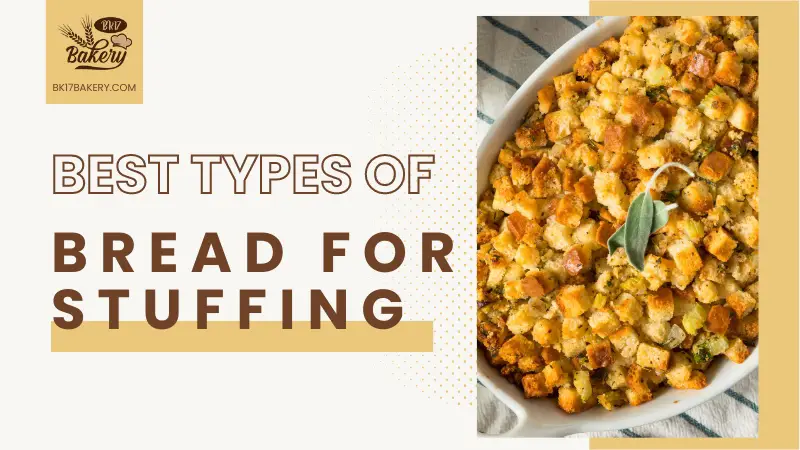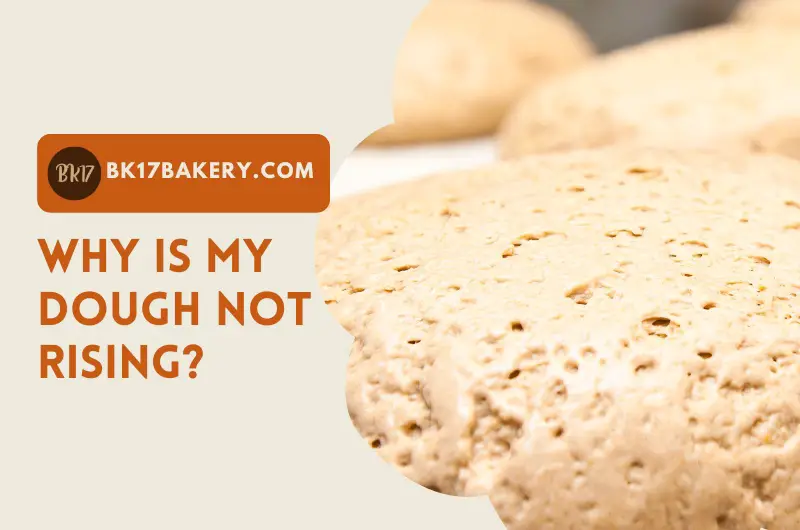Stuffing is a common cooking technique that uses cubes of bread, spices, herbs, and some vegetables to fill the cavity of certain types of poultry such as turkey, duck, quail, etc. The added ingredients exude fresh juices to add flavor to the main course, while the bread keeps the meat moist.
That’s why learning what bread to use for stuffing is so important. Though most recipes always provide specific instructions, is that choice the best? Check out my recommendations!
In This Article
What Makes The Best Bread For Stuffing?
Bread texture and flavor should spring up first in your mind when you choose bread for the filling. Go for thick, smooth, and less hydrated options. Consider a tight crumb coat with no large or medium holes as well. These features increase bread surface area, thus better-trapping moisture.
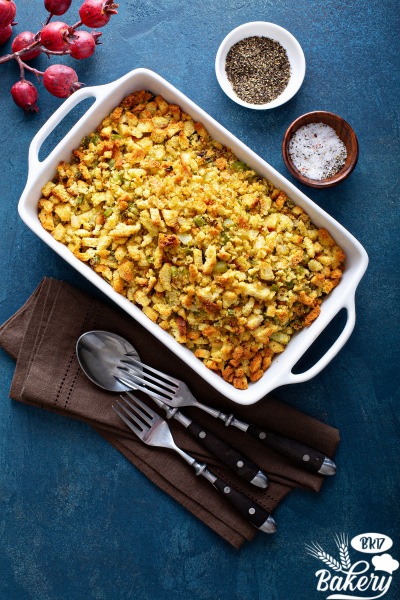
Bread with a heavy taste is something you should stay away from. Even if your choice absorbs liquid well, it is useless when its flavor overwhelms the rest.
Another worst-case scenario is that its flavor does not get along with other ingredients in your filling. Therefore, your dish fails to punch the taste buds strongly and stands out on the dining table.
I used to have trouble with botanical bread with a strong aroma of herbs and spices. Hence adding extra to my recipe only led to a sharp and unpleasant scent. My son was extremely disappointed with that meal and described it as a plate of curry with too much five-spice powder.
Be careful with your choice, which must check all the boxes as follows:
- Retain the moisture of your meat
- Improve the texture of the fillings
- Balanced with the taste of other ingredients
- Blow up the flavor by absorbing the juices
Of course, culinary creation has no limit, but you’d better envision the blend of spices in advance. Especially for beginner chefs, it is best to master the classic stuffing recipes before playing with some twists.
The Best Bread To Use For Stuffing
The greatest choice for stuffing dishes includes white bread, challah, brioche, Focaccia, and bagels which satisfy most of the critters mentioned above.
White Bread
My all-time favorite choice for homemade stuffing belongs to white bread. It possesses an almost smooth surface with only a few small pockets of moisture to absorb liquid to the best extent.
It also meets the criteria for a good coat – naturally tight and porous. It acts as a sponge to retain the pleasant aroma of melted butter and spices. I have tried it with many different ingredients, and these combinations have never gone wrong.
Another reason to make white bread the star of traditional stuffing is its neutral taste. It has a hint of sweetness and almost no aroma, which means it does not alter your homemade broth. Hence, it brings out the sausage’s richness and the vegetables’ sweetness.
Last, you should have almost no trouble buying white bread for your dinner. This option is always available at affordable prices in bakeries or grocery stores. It also requires minimal preparation time, as the drying process takes only a few minutes before it is ready to shine as a filling element.
Challah
Another great alternative to white bread is challah bread stuffing due to its twin properties. Besides the chewy and spongy texture, the traditional Jewish dish delicacy boasts a softer and airier crust that resembles a pudding. Moreover, it has a low hydration level, making it perfect for rapid drying and absorption of liquids.
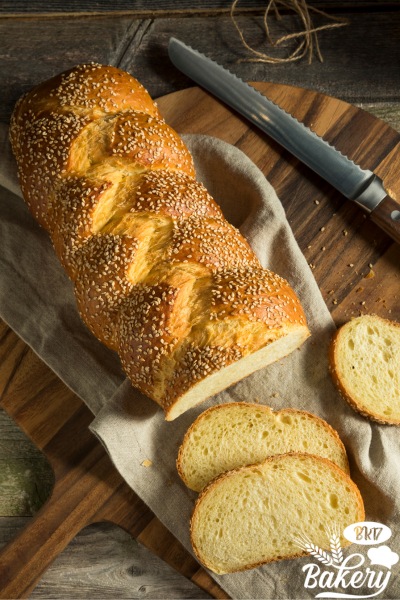
Challah’s unique character stems from its rich and distinctive taste. Adding eggs to the dough gives it a subtle complexity that sets it apart from the neutral flavor. This option will surprise your palate but is also safe enough to ensure everything stays controlled.
On the other hand, consider its braided shape if you plan to try challah soon. Drying bread for stuffing requires extra attention as the challah cubes may not dry evenly.
Brioche
Similar to challah, brioche is a game-changer in flavor, thanks to the added egg. It also possesses the same properties as the first two options regarding texture, deserving a place in your stuffing list.
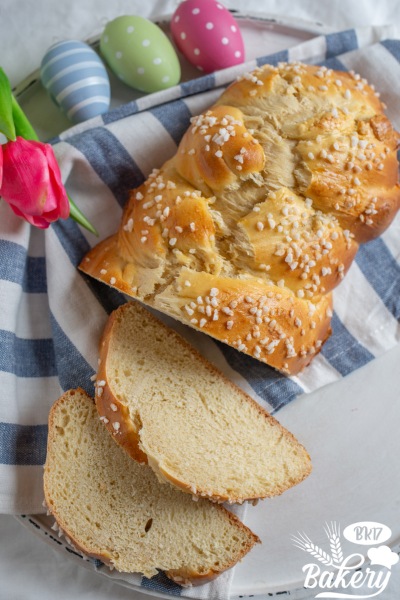
However, the presence of butter in its composition truly won me over when it comes to brioche. As I experimented with onions, carrots, and celery, the aroma of butter wafted through my kitchen, making my mouth water in anticipation.
When I served the dish to my family, everyone was blown away by the rich and delicious flavors. My husband even noticed that the soup had taken on a sweeter taste, which we attributed to the brioche. It has become a firm favorite in our household, and I highly recommend giving it to your next recipe.
Focaccia
To be honest, not all of my experiments have been successful, but Focaccia is one of the few that has truly wowed me. Contrary to the previous choices, Focaccia does not feature the perfect texture for stuffing. Its medium-sized air pockets meant some cubes were crushed after drying. As for adventurous chefs, its amazing flavor is worth a try.
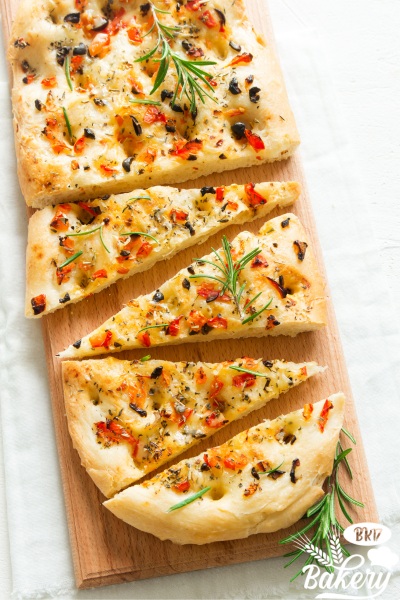
I decided to put the texture aside and focus on a unique taste that would pack a powerful punch. Unexpectedly, garlic and rosemary went beyond my expectations. These spices danced on the tip of my tongue, taking the dish to a new level when I served them with turkey.
Bagels
Have you ever considered using bagels as a stuffing option? Families with children often keep them in the fridge, and they turn out to be a lifesaver when you are tight on time and in search of a quick stand-in.
These things do an excellent job of absorbing moisture and keeping my chicken succulent and tasty. However, the trade-off is that I ended up with heavier and denser fillings.
Another plus of bagels is their neutral taste, which makes them easy to incorporate into your dish. It is important to ensure you do not confuse flavored variants such as blueberry or onion for plain bagels. Otherwise, your effort probably goes to waste.
The Worst Types Of Bread For Stuffing
Bread With Many Large Holes
Breads are “open,” meaning they have a lot of holes. As noted above, this leads to flavor and moisture loss. The more spots they have, the less juice is retained in the finished dish.
Bread With Strong Flavor
While Focaccia is a sure bet when you let your creativity run wild with the filling, not all promise good results. Some varieties have complex or strong tastes or smells that overpower the accompanying elements.
Without a doubt, using these types results in an awful dish that fails to impress. I once tried to make use of some garlic butter bread for my stuffed turkey. It turned out to be a disaster, though. The minced garlic aroma overshadowed other herbs, and my kitchen was invaded with the garlic scent the moment I opened the oven.
Highly Hydrated Bread
Breads with high hydration levels, meaning they contain 55% or more water, are not ideal for stuffing. They are full and cannot take in any more liquid. Once you have dried these breadcrumbs, they become soggy and mushy when exposed to fluid again.
Check out my list of things that should never appear in your kitchen for perfect stuffing.
| Reasons | Kinds Of Bread |
| Unpleasant flavors | Botanical breads, German Rye, Pumpernickel, Garlic bread |
| High hydration | Whole-grain or wheat bread |
| Open crumb | Sourdough, Ciabatta, French bread |
How To Dry Out Bread: Essential Tips
Take Advantage Of Stale Bread
If you already intend to cook stuffing for a weekend party, save the old bread loaves and let them air dry for the previous 2-3 days. Use a serrated knife to cut the bread into cubes of 1/2 inches or tear it into pieces by hand.
Spread them in a single layer on a baking sheet or tabletop with a clean kitchen towel. Leave them in a dry place for a few days until completely dry.
Use Oven To Reduce Time
If you do not have much time for prep, speed up the process by drying bread in the oven for stuffing. This is also my go-to choice on busy days. I cut and placed cubed bread on the baking tray, similar to the first method, and then put it into the oven or air fryer.
Preheat your machine first, then set it at medium heat (190°F or 90°C) and baking time for 45-60 minutes. Check often and mix your cubes every 15 minutes.
FAQs
Is Sourdough Bread Good For Stuffing?
Unfortunately, NO. It features an open crumb coat, a high hydration rate, and strong flavors.
Should I Try Stale Or Dried Bread For Stuffing?
Using stale bread may take longer, but it can be done ahead of time. In comparison, oven dry bread for stuffing adds a rustic touch to your dish and guarantees optimal dryness.
What Makes Stuffing Taste Better?
Besides the right choice of bread, choosing other ingredients play a key role in a good outcome. Invest in fresh herbs, flavorful spices, and good quality broth or stock to make your dish live up to restaurant quality.
Why Is My Stuffing Always Soggy?
Over-moistening may result from excessive butter, bread, or chicken broth. Also, check to see whether it is fully cooked, as undercooking ends up with a soggy texture.
Conclusion
Choosing what kind of bread for stuffing involves several criteria, including your preference for taste and texture. You can also experiment with some elements to experience new types. You can devise a delicious and satisfying recipe with experimentation and attention to detail.
See more: Is Homemade Bread Healthier and Cheaper Than Store-Bought?

